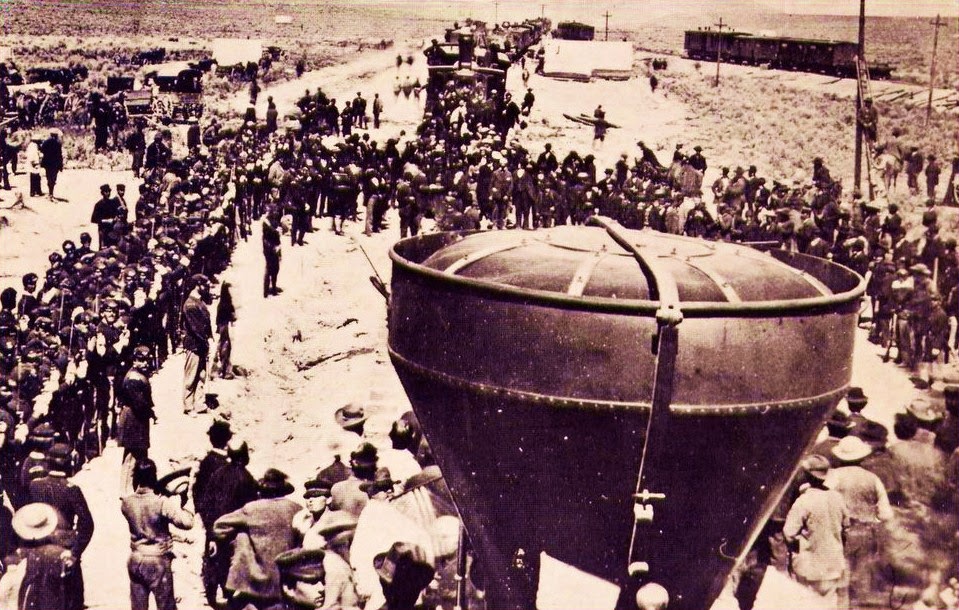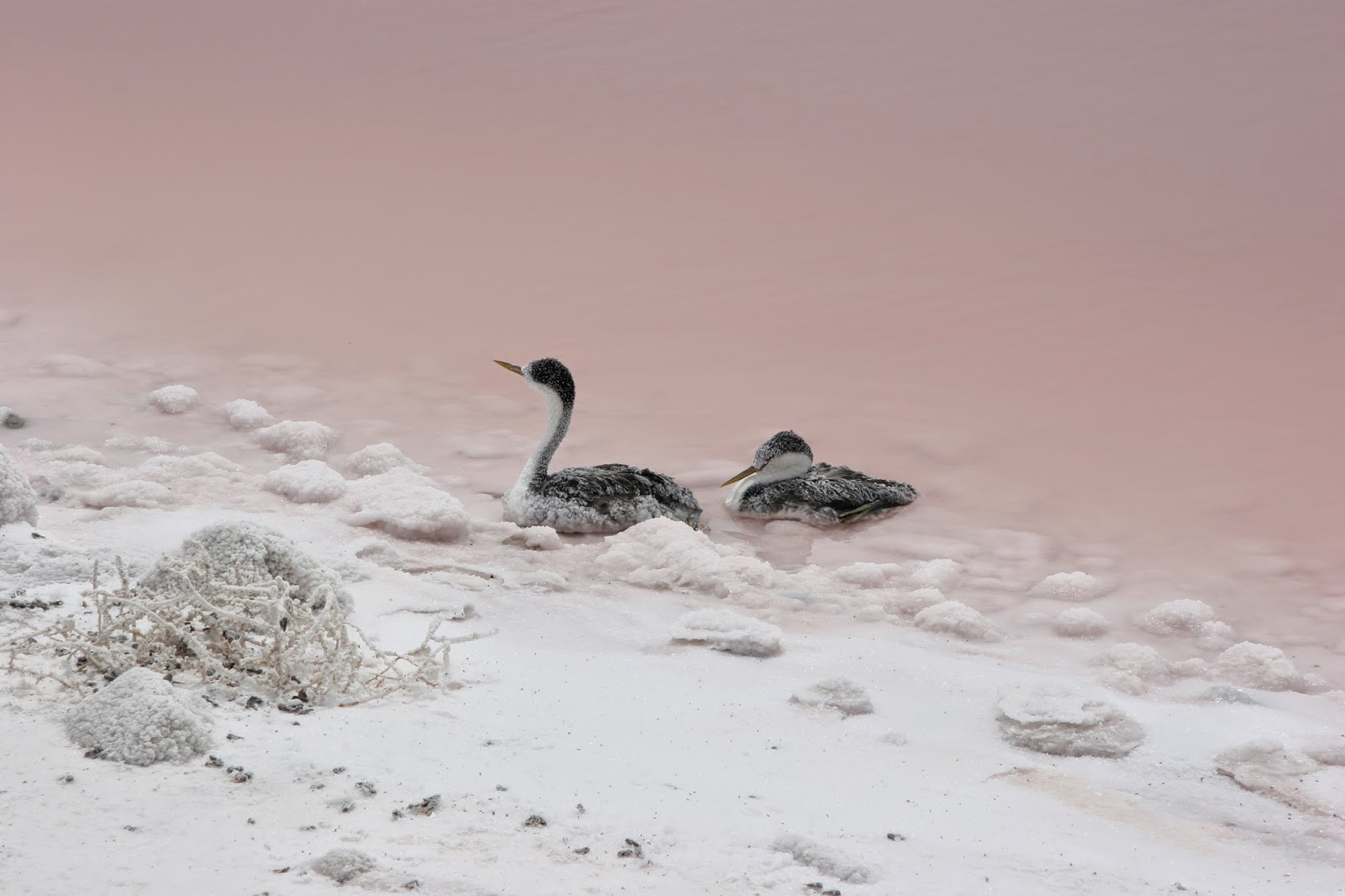In 1981, I temporarily worked for the United States Geological Survey as part of a project to update the map of the Stansbury Mountain Range and part of the valleys on each side. I spent the entire summer locating and documenting old survey monuments, mines, roads, structures and etc.
One of the most memorable aspects of the job was the day we carried building materials to the top of one of the mountain peaks on the north end of the Stansbury Range.
There, at an elevation of 5570' above sea level, we constructed a large sighting target directly over an official USGS triangulation Station.* The 10' tall target could be viewed from numerous other locations throughout our vast project area.
Now, thirty-three years later I climbed to the top of the Stansbury Mountains and returned to the triangulation station. This is something I've planned for some time. I pored over maps and aerial photos to determine the best route up the rugged mountain. There are no trails, and the closest road ends at the base of the mountain.
3D photo of the peaks on the north end of the Stansbury Mountain Range looking NW across the north end of Skull Valley. Black Mountain is visible in the distance.
I began my ascent early in the morning while it was still dark. When the sun finally peeked over the Oquirrh Mountains, on the other side of the Tooele Valley, I took refuge out of the cold wind in a rocky nook where I soaked in the solar warmth and ate my pre-prepared meal of bison. The view was spectacular.
When I reached the the triangulation station, I found the target broken and laying on the ground. A broken cross-section was still in place and the pile of rocks that we used to secure the wooden ten-foot tall 2x4 were still there but somewhat displaced.
Over time, the guy wire we had used to secure the target had rusted and failed. Rust stains have become a permanent part of a large anchor that still had some thirty three year old guy wire wrapped around it.
3D photo of dilapidated triangulation target looking west across Skull Valley.
I took the liberty of standing the old dilapidated target up by wedging the ten foot long 2x4 betwixt some large rocks. It isn't anchored with guy wire this time and probably won't last through the winter, but for now it can be seen from many miles away.
3D photo from top of Stansbury Mountains looking NW toward Stansbury Island on the Great Salt Lake.
The Stansbury Mountains are named for their original surveyor, Major Howard Stansbury, (1806-1863).
US Interstate 80 crossing the alkali flats of the south shore of the Great Salt Lake, a few miles north of Grantsville.
Stansbury, and his party of surveyors, are credited with the first official survey of the Great Salt Lake from 1849 to 1851. He was the first person to determine that the Great Salt Lake is actually a remnant of a greater ancient lake that he called Lake Bonneville.
3D photo of Lone Rock in Skull Valley looking west from the top of the Stansbury Mountains.
Salt plant on the south shore of the Great Salt Lake where State Highway 196/Skull Valley Rd intersects US Interstate 80. Black Mountain in the distance.
Other important resources are extracted from the mineral-rich lake including magnesium at US Mag and even nutritional supplements in the form of trace minerals at Trace Minerals Research.
3D photo from the top of the Stansbury Mountains looking west across Skull Valley.
3D photo of 3D camera apparatus.
* The Triangulation Station is located at approximately
40° 43' 39.30" N
112° 37' 53.80" W
These coordinates are not official USGS coordinates, but are accurate within seconds.
** Lone Rock Coordinates
40° 42' 32" N
112° 41' 04" W













































































